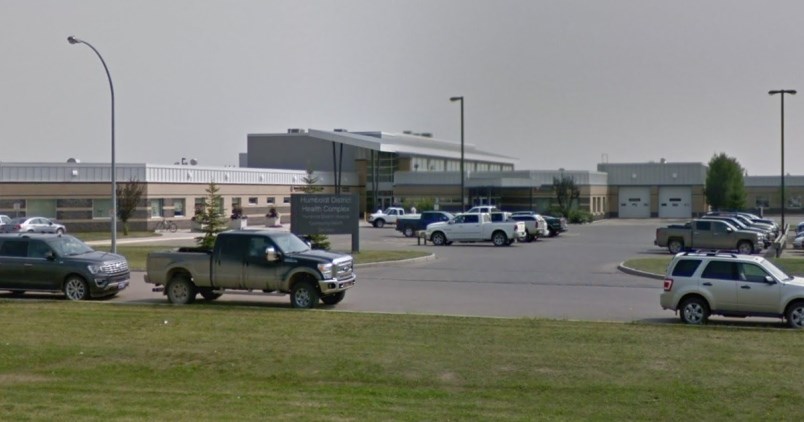HUMBOLDT — If it becomes necessary to designate hospitals as COVID-19 and non-COVID-19 facilities, Humboldt’s hospital will be non-COVID-19 because it is a hub that can provide advanced care.
“Humboldt is a district hospital and it's one of our hubs where we have a very stable physician workforce. We all require these locations to remain non-COVID for patients that require a higher level of care,” said Dr. Kevin Wasko, the Saskatchewan Health Authority’s physician executive for integrated rural health, at a press conference April 9.
“The hubs would have a larger draw and would be able to care for the non-COVID patients from some of the communities that maybe have converted to being a COVID hospital to help address the need in the community for those patients.”
Smaller hospitals like Watrous, Wynyard, Kelvington and Wadena, are designated as COVID-19 facilities that will care for COVID patients that won’t need a lot of medical attention, relatively speaking.
The health authority plans to activate its plan in stages, as needed. Wasko said that when there are five COVID-19 admissions within a single health network – a geographical unit used to organize services – they feel that's an indicator the disease’s prevalence is high enough to start enacting a plan to have designated COVID-19 hospitals within that area.
Emergency rooms for the COVID-19 hospitals will still be open to the public.
The Saskatchewan Health Authority is preparing to have 1,065 acute care beds within its rural region serving 877 patients at the peak of the pandemic. The rural region covers most of the province south of the halfway point between Humboldt and Melfort, with the exception of the area around Saskatoon and Regina.
It is preparing to have 80 intensive care beds needed by 236 patients, so many of those people will be sent to the large urban centres. As they recover, some of those patients could be sent back to a rural COVID-19 hospital closer to home.
Karen Earnshaw, the health authority's vice-president of integrated rural health, said by dividing COVID-19 patients from non-COVID-19, it reduces the risk of transmission, even as patients are moved to different facilities.
The local health facility, EMS and the health authority will co-ordinate moving patients between facilities based on the patient’s needs and beds available.
Earnshaw said there are no plans to set up field hospitals within rural Saskatchewan.
“We really are planning to use every existing space within our local facilities to deliver care without having to move into community spaces.”
Earnshaw did say that the health authority was planning to expand COVID-19 testing within civic facilities across rural Saskatchewan.



